Canada Beef Performs Newsletter
We respect your right to privacy. We will not share or distribute your personal information and you can opt out anytime. ~Canada Beef

Canada’s feeding practices enable more than 85% of cattle raised for beef production to be harvested at 2 years of age or less. A younger age at harvest enhances tenderness and overall eating quality. Feeding corn, barley and wheat grain contributes to well-marbled, flavourful and tender Canadian beef with firm, white-coloured fat.
The CFIA administers a national livestock feed program to verify that livestock feeds are manufactured and sold in accordance with the federal Feeds Act. The program includes evaluation by Feed Section personnel of products before sale, as well as post-market inspection and monitoring by Canadian Food Inspection Agency field staff located throughout Canada
Careful management of the cattle feeding process is essential to produce premium quality grain-fed Canadian beef.
Will Lowe, Chair, National Cattle Feeders’ Association
The ultimate goal of Canada’s breed improvement programs is to enhance beef quality for consumers while also targeting more efficient cattle production.
Ultrasound measurements are used to determine the rib eye area in the live animal and are taken at the same site used for grading of carcasses.